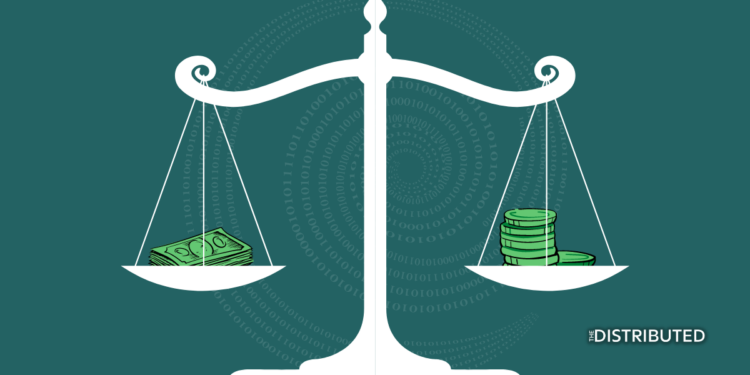A stablecoin regulation bill pushed before the United States House of Representatives would place a two-year ban on algorithmic stablecoins. Although the final version of the bill is still unclear, the draft would spell doom for algorithmic stablecoins.
- The U.S. Congress is preparing the final version of a regulation bill, targeting algorithmic stablecoins. “Endogenously collateralized stablecoins,” would be criminalized says Bloomberg citing a draft of the legislation.
- Algorithmic stablecoins are designed to maintain a stable price for investors who want to convert their fiat currency to crypto assets. An example is Terra LUNA which powered its stablecoin, $UST. Both UST and LUNA had collapsed by over 99.99% this year which would be a reason for the push for this legislation.
- The stablecoin regulation bill draft will investigate the use case of Terra by the US Treasury Department in collaboration with the Federal Reserve, the Federal Deposit Insurance Corp, and the Securities and Exchange Commission (SEC). This study will allow banks and non-banks to issue centralized stablecoins, which will need approval from federal regulators before issuance.
- Besides the legislation bill regarding the ban, the Federal Reserve under the new legislation will study the economic impact of a digital dollar. The Federal Reserve would hinder businesses from mixing customers’ and financial institutions’ assets.
- There may be impending changes to the drafted regulation bill before the world sees the final version. Many are aware of the unchanging decisions by the US Congress in times past. Still, the voting of the final regulation bill will happen in the coming weeks.
See Related: ‘Stablecoin Transparency Act’ Could Require Stablecoins To Be Backed By Dollars



